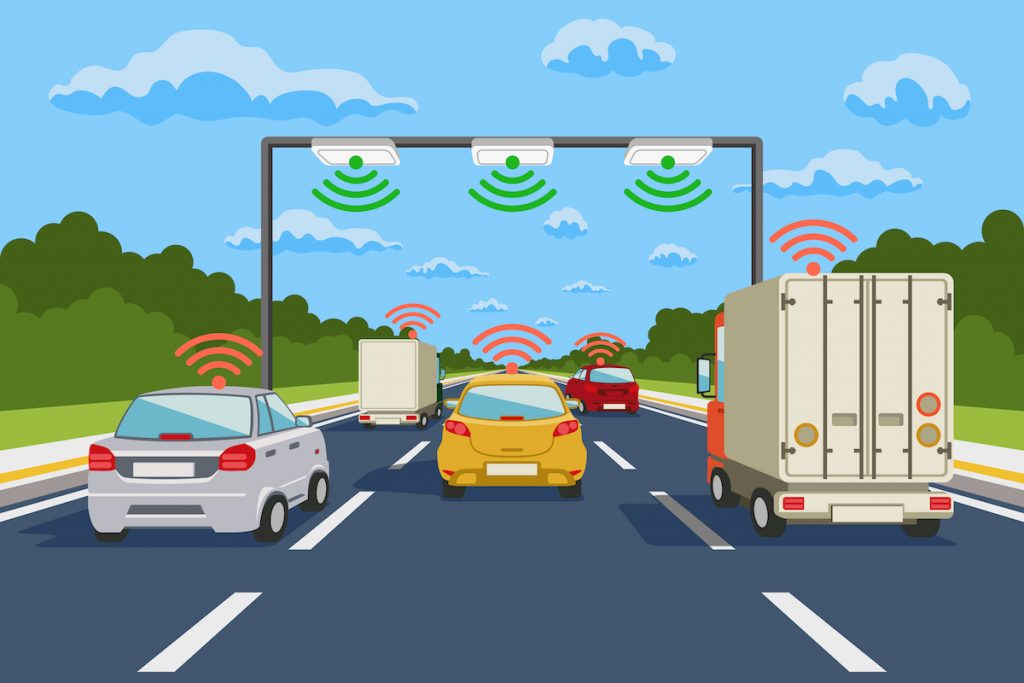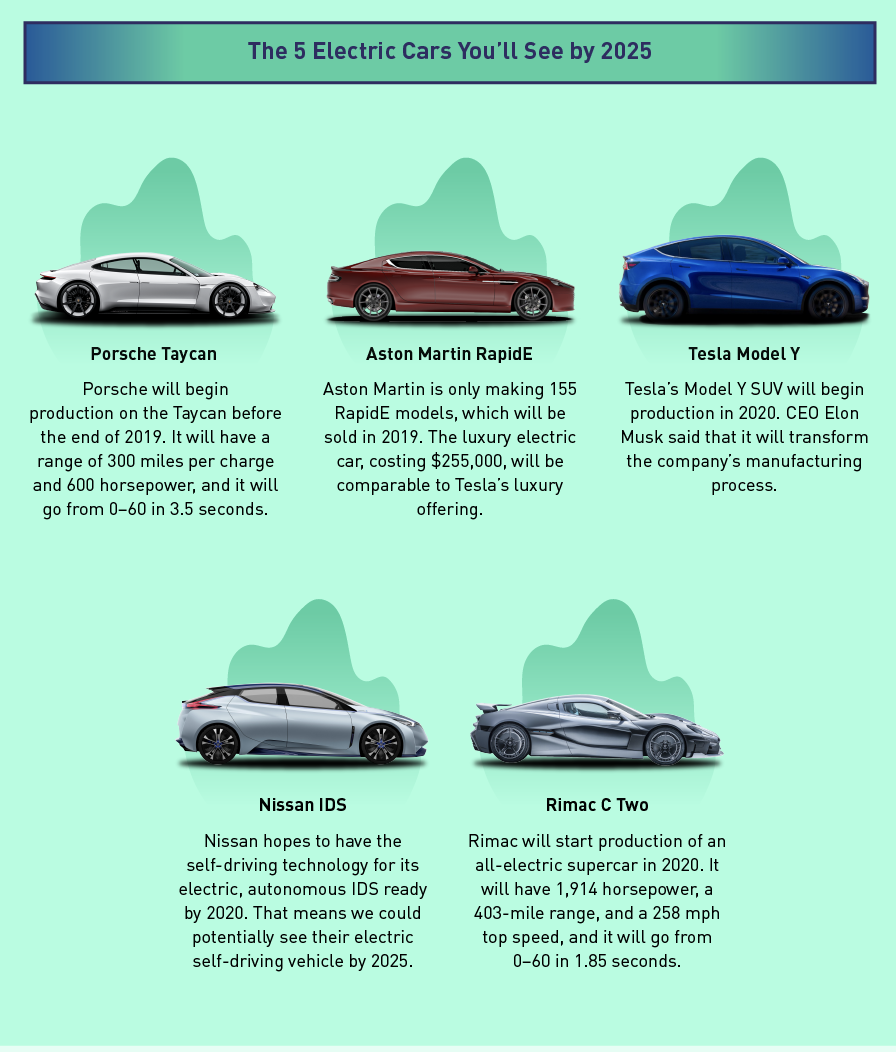Five challenges in designing a fully autonomous system for driverless cars
Driverless cars – the concept has made a lot of hype over past eight to ten years. Though a lot has been going on this subject for as early as fifty years ago, studies have been done about how to make car learn by itself and then being able to drive on its own. Today we see a lot of experiments being done on driverless cars in a controlled environment under the supervision of human, and excellent road and environment conditions, but there are some challenges in designing a fully autonomous vehicle and some problems with self-driving cars that we will discuss in this article.
Five challenges of self driving cars:
Today, we see the driverless cars a reality after a constant research and development effort for past fifty plus years. Still, there are a lot of challenges in designing a fully autonomous system for the driverless cars.
1. Road conditions
Road conditions could be highly unpredictable and vary from places to places. In some cases, there are smooth and marked broad highways. In other cases, road conditions are highly deteriorated – no lane marking. Lanes are not defined, there are potholes, mountainous and tunnel roads where external signals for direction are not very clear and likewise.
2. Weather conditions
Weather conditions play another spoilsport. There could be a sunny and clear weather or rainy and stormy weather. Autonomous cars should work in all sorts of weather conditions. There is absolutely no scope for failure or downtime.
3. Traffic conditions
Autonomous cars would have to get onto the road where they would have to drive in all sorts of traffic conditions. They would have to drive with other autonomous cars on the road, and at the same time, there would also be a lot of humans. Wherever humans are involved, there are involved a lot of emotions. Traffic could be highly moderated and self-regulated. But often there are cases where people may be breaking traffic rules. An object may turn up in unexpected conditions. In the case of dense traffic, even the movement of few cms per minute does matter. One can’t wait endlessly for traffic to automatically clear and have some precondition to start moving. If more of such cars on the road are waiting for traffic to get cleared, ultimately that may result in a traffic deadlock.
4. Accident Liability
The most important aspect of autonomous cars is accidents liability. Who is liable for accidents caused by a self-driving car? In the case of autonomous cars, the software will be the main component that will drive the car and will make all the important decisions. While the initial designs have a person physically placed behind the steering wheel, newer designs showcased by Google, do not have a dashboard and a steering wheel! In such designs, where the car does not have any controls like a steering wheel, a brake pedal, an accelerator pedal, how is the person in the car supposed to control the car in case of an untoward incident? Additionally, due to the nature of autonomous cars, the occupants will mostly be in a relaxed state and may not be paying close attention to the traffic conditions. In situations where their attention is needed, by the time they need to act, it may be too late to avert the situation.
5. Radar Interference
Autonomous cars use lasers and radar for navigation. The lasers are mounted on roof top while the sensors are mounted on the body of the vehicle. The principle of radar works by detecting reflections of radio waves from surrounding objects. When on the road, a car will continuously emit radio frequency waves, which get reflected from the surrounding cars and other objects near the road. The time taken for the reflection is measured to calculate the distance between the car and the object. Appropriate action is then taken based on the radar readings. The principle of radar works by detecting reflections of radio waves from surrounding objects. When on the road, a car will continuously emit radio frequency waves, which get reflected from the surrounding cars and other objects near the road. The time taken for the reflection is measured to calculate the distance between the car and the object. Appropriate action is then taken based on the radar readings. When this technology is used for hundreds of vehicles on the road, will a car be able to distinguish between its own (reflected) signal and the signal (reflected or transmitted) from another vehicle? Even if multiple radio frequencies are available for radar, this frequency range is unlikely to be insufficient for all the vehicles manufactured.
A brief about other levels of automation for cars:
The whole concept of ‘driverless’ vehicle on the road has raised curiosity among various sections of the society. Not many people still believe that there could be such a possibility at all, or will be a possibility shortly. And why there shouldn’t be – there are so many moving parameters in the driving function that need to be handled and controlled simultaneously and so many problems with self-driving cars related to control. And even a single failure could be highly catastrophic. Realistically speaking, there is no absolute black or absolute white about autonomous driving. There are broadly five different levels which can define the level of automation. At the basic level, there is human (driver) who controls all the functions such as brakes, steering, throttle, power, etc.
- Level 1: Most functions are still controlled by the human( the driver), but some specific function (like steering or accelerating) can be done automatically by the car.
- Level 2: In level 2, at least one driver assistance system of steering and acceleration/ deceleration using information about the driving environment is automated, e.g., cruise control and lane-centering. Hence driver starts getting disengaged from physically operating the vehicle by having his or her hands off the steering wheel and foot off the pedal at the same time. However, in this condition, the driver still should be vigilant and must always be ready to take control of the vehicle.
- Level 3: Human drivers are still needed in level 3 cars, but can completely shift safety-critical functions to the vehicle, under certain traffic or environmental conditions. It means that the driver is still present and will intervene if necessary, but is not required to monitor the situation in the same way it does for the previous levels.
- Level 4: Level 4 is what is meant by “fully autonomous.” Level 4 vehicles are “designed to perform all safety-critical driving functions and monitor roadway conditions for the entire trip.” However, again this is limited to the Operational design domain (ODD) of the vehicle—meaning it does not cover every driving scenario.
- Level 5: This level refers to a fully-autonomous system in which it is expected that the vehicle’s performance to equal that of a human driver, in every driving scenario—including extreme environments like dirt roads that are unlikely to be navigated by driverless vehicles in the near future.
Now comes the real challenge. How to design an autonomous/driverless vehicle system, which is capable of handling vehicle’s performance like a human in all possible conditions. The autonomous vehicle typically is a combination of sensors and actuators, sophisticated self driving cars algorithms, and powerful processors to execute software. There are hundreds of such sensors and actuators which are situated in various parts of the vehicle, being driven by a highly sophisticated system.
The sensory system can be classified into three different parts.
- Navigation and Guidance: the system which determines – where you are, where you want to go, and how do you get there. Instruments and techniques such as the compass, sextant, LORAN radiolocation, and dead reckoning are among those that have been used, with varying degrees of accuracy, consistency, and availability.
- Driving and Safety: Directing the vehicle, making sure that vehicle acts properly under all circumstances and follow the rules of the road. The autonomous car must be able to see and interpret what’s in front when it’s going forward (and behind when in reverse, of course). It is also necessary to see what is on either side; in other words, it needs a 360⁰ view. An array of video cameras is the obvious choice, with a camera to determine where the lane is and sense objects or markers on the road.
- Performance: managing car’s internal systems. , a significant portion of the design of an autonomous vehicle involves mundane issues such as power management. Several application-specific, unique circuit boards and subsystems are added to a conventional vehicle to provide the functions needed for autonomous operation. Much of the system-level operation involves measuring and managing the power requirements to control power, overall consumption, and thermal dissipation.
Perceived Problems With Self-Driving Vehicles
End of Private Car Ownership
Fewer people are buying cars these days than they were a few decades ago. In about 11 years, automotive industry observers believe that private car ownership in America will plummet by 80%. The gradual drop in driver’s licenses among teenagers and young adults also paints the same picture.
The culprit: the rise of on-demand vehicles. The explosion of ridesharing culture is convincing many people, especially millennials, to give up car ownership. Ridesharing is estimated to become up to 10 times less costly per mile than buying a car by 2021.
Car-as-a-service programs are gathering steam too. In fact, eight in every 10 people believe that subscription-based car solutions are going to be more popular in the years ahead.
Private vehicle ownership is often an emotional decision rather than a practical concern, meaning that car lovers look at these statistics with melancholy.
Loss of Employment
Drivers of taxis, buses, and trucks outnumber the technologists developing autonomous driving innovations. If all vehicles became smart enough, many people could be out of a job.
Yes, this is another example of AI machines taking jobs from humans. Although robots should not be hated just because many functions can now be automated, governments should consider the economic impact of autonomous vehicles on ordinary drivers.
Unsafe Shared Transportation
The ubiquity of driverless vehicles might make public transportation and ridesharing less safe. Now, there is an unwritten social contract saying that the person behind the wheel has the authority in a cab or on a bus, and everyone acknowledges it. In other words, a driver can stop a commuter from misbehaving on public transportation; however, without a driver, there will be a lack of authority keeping people from acting out on autonomous modes of transportation.
Death of Romance With Motoring
For many, driving is more than just a means of mobility. It represents freedom and exhilaration, which is a glorious idea for those who are unwilling to part ways with it yet – or ever. The invention of autonomous vehicles is an existential threat to what they love.
There is no future where self-driving cars do not exist; a few of them are already on the road now. For better or worse, they are here to stay, and we just have to be creative and committed to softening the blow for those who will be affected.
Check the The Future of Cars in 2020 & Beyond infographic here.
Autonomous vehicles challenges and problems conclusions:
Challenges in training algorithms are many even today for rolling out the autonomous cars on the road. But so is the determination of our scientists, engineers and problem solvers from various disciplines. The collective effort of the industry will definitely make the autonomous car on the road a reality one day, and the benefits will be huge. Not only it will save fuel, encourage efficient transportation and shared services, but will also help in saving many lives that are regularly lost in road accidents.
Further Reading: How you can accelerate hyperautomation?
FAQs about autonomous vehicles challenges and problems
What is the biggest challenge for autonomous vehicles?
The biggest challenge for autonomous vehicles is achieving a high level of safety and trust. Ensuring that autonomous vehicles can consistently operate without errors or malfunctions in all situations is crucial for public acceptance and widespread adoption. Building reliable and fail-safe systems that can handle rare or unforeseen scenarios remains a significant hurdle.
What ethical challenges will an autonomous car face?
Ethical challenges for autonomous cars include:
- Determining how to prioritize and make split-second decisions in potential accident scenarios, considering factors like minimizing harm to occupants, pedestrians, and other drivers.
- Handling situations where ethical conflicts arise, such as choosing between saving occupants or protecting vulnerable road users.
- Addressing issues related to privacy and data security, as autonomous vehicles collect and process substantial amounts of personal information.
- Addressing legal and liability questions regarding accidents or incidents involving autonomous vehicles and determining responsibility in such cases.
What are the negative effects of autonomous driving?
Autonomous driving can have negative effects, including:
- Job Displacement: The technology may lead to job losses for professional drivers, impacting employment and the economy.
- Technological Dependence: Over-reliance on self-driving vehicles could diminish human driving skills and potentially compromise safety.
- Data Privacy and Security: The collection and use of vast amounts of personal data raise concerns about privacy breaches and cybersecurity risks.
- Infrastructure Challenges: Widespread adoption requires costly infrastructure upgrades and modifications.
- Ethical Dilemmas: Resolving moral questions, such as how autonomous vehicles should prioritize potential accidents, poses significant challenges.
 The article was written for IIoT World by Anil Gupta, Co-founder of Magnos Technologies LLP. He has about 23 years of experience in Connected Cars, Connected Devices, Embedded software, Automotive Infotainment, Telematics, GIS, Energy, and Telecom domain.
The article was written for IIoT World by Anil Gupta, Co-founder of Magnos Technologies LLP. He has about 23 years of experience in Connected Cars, Connected Devices, Embedded software, Automotive Infotainment, Telematics, GIS, Energy, and Telecom domain.

